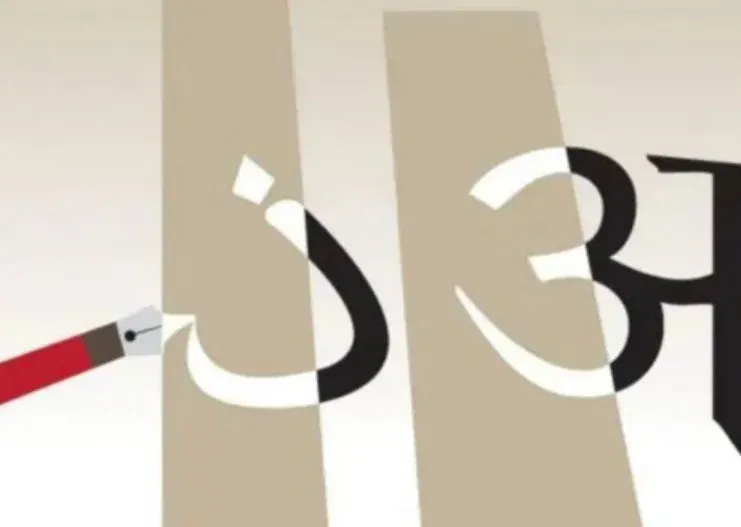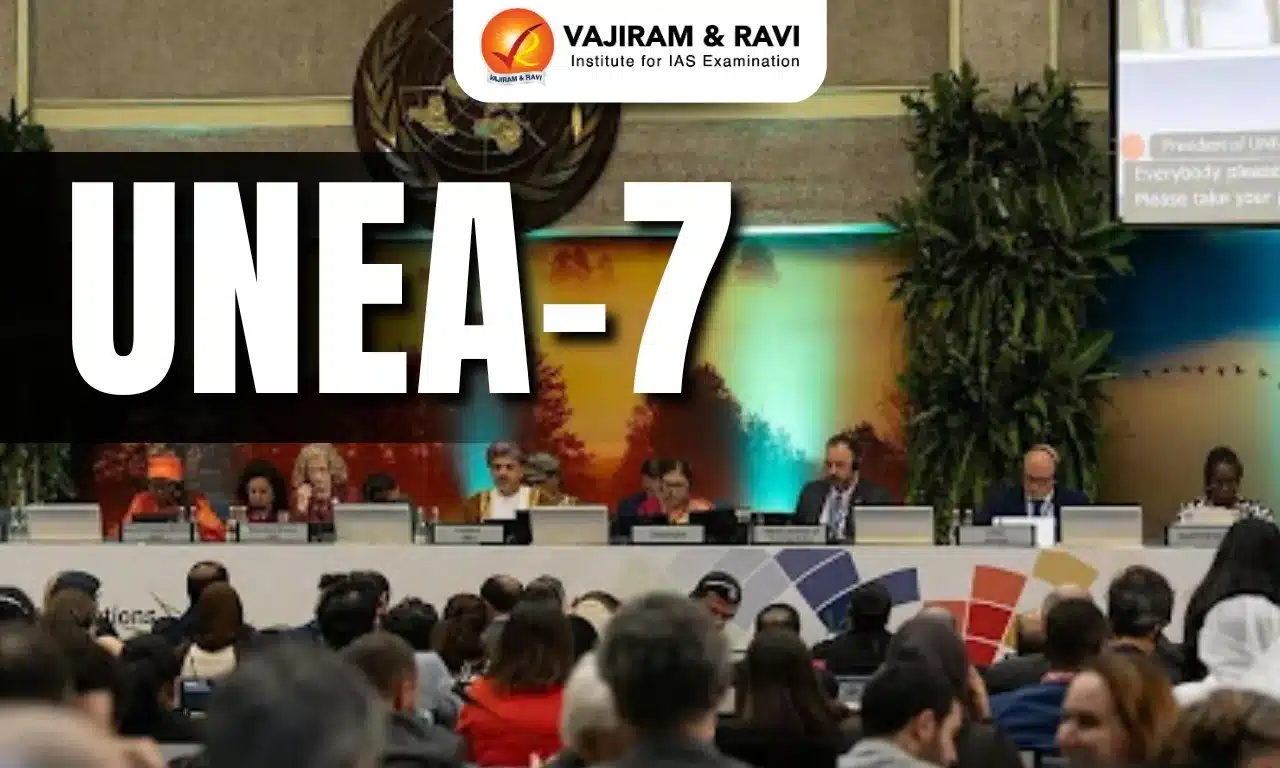What’s in today’s article?
- Why in News?
- Background – the concept of classical language
- Latest criteria for classical languages
- Addition of 5 new classical languages
- Significance of classical tag
Why in News?
The Union Cabinet has extended the “classical language” tag to Marathi, Pali, Prakrit, Assamese, and Bengali.
Tamil, Sanskrit, Telugu, Kannada, Malayalam, and Odia already enjoy this status.
Background – the concept of classical language
- In response to demands from various states, in 2004, the then government established the category of “classical languages” and set criteria for this status.
- Tamil became the first Indian language to receive this designation on October 12, 2004, due to its antiquity and rich literary tradition.
- In November 2004, the Ministry of Culture formed a Linguistic Experts Committee (LEC) under the Sahitya Akademi to assess proposals for classical language status.
- Sanskrit was declared a classical language on November 25, 2004, followed by Telugu and Kannada in 2008, Malayalam in 2013, and Odia in 2014.
Latest criteria for classical languages
- Recently, in July 2024, the Linguistic Experts Committee (LEC) unanimously revised the criteria for classical status. The criteria now include:
- High antiquity of early texts, and recorded history over a period of 1500- 2000 years;
- A body of ancient literature/ texts, which is considered a heritage by generations of speakers;
- Epigraphic and inscriptional evidence;
- Knowledge texts, especially prose texts in addition to poetry; and
- That classical languages and literature could be distinct from its current form or could be discontinuous with later forms of its offshoots.
Addition of 5 new classical languages
- Following the new criteria, the committee recommended the addition of the five new classical languages, the proposals for which had been with the Centre for some years.
- This was approved by the Union Cabinet recently.
- Marathi
- The inclusion of Marathi as a classical language comes over a decade after the state government proposed it to the Centre in 2013.
- Modern Marathi evolved from Maharashtri Prakrit, a dialect used in western India and the official language of the Satvahanas.
- While some scholars claim it was the first Prakrit language, this is contested.
- The earliest evidence of Maharashtri Prakrit is a 1st-century BCE stone inscription in Pune, and modern Marathi traces back to a 739 CE copper-plate inscription in Satara.
- Bengali & Assamese
- The governments of West Bengal and Assam have also sought classical language status for Bengali and Assamese.
- Both languages originated from Magadhi Prakrit, the official language of the Magadha court in East India.
- Their emergence is debated, with estimates ranging from the 6th to 12th centuries.
- Prakrit & Pali
- Prakrit refers to a group of closely-related Indo-Aryan languages spoken by the masses, in contrast to the elite language Sanskrit.
- Historian A.L. Basham noted that by the Buddha’s time, simpler Prakrit dialects were in use.
- These vernaculars were key in the spread of heterodox religions like Jainism and Buddhism.
- Jain scriptures, such as the agamas and Gatha Saptashati, were written in Ardhamagadhi Prakrit, which still holds significance in Jain rituals.
- Pali, derived from Magadhi Prakrit, became the language of the Theravada Buddhist Canon, Tipitakas, and remains in use in Theravada Buddhist countries like Sri Lanka and Myanmar.
Significance of classical tag
- The designation of classical languages will have both national and international cultural and academic impacts.
- The Ministry of Education has taken steps to promote these languages, establishing three Central Universities in 2020 for Sanskrit and setting up the Central Institute of Classical Tamil in 2008 to translate ancient texts and offer courses.
- Centres of Excellence have also been created for Kannada, Telugu, Malayalam, and Odia.
- The newly designated classical languages will receive similar support.
- The National Education Policy encourages the inclusion of classical languages in school curricula.
- Collaborations between the Ministry of Culture, Ministry of Education, and state governments will focus on research and knowledge-sharing.
- Additionally, manuscripts in these languages will be digitised to enhance accessibility for scholars.
Q.1. What are the criteria for a language to be designated as classical in India?
A language must have ancient texts spanning 1500-2000 years, inscriptional evidence, and a distinct heritage to qualify for classical status in India. The language’s literature must be considered culturally significant and have knowledge texts beyond poetry.
Q.2. Why is the recognition of classical languages significant?
Classical language recognition promotes the preservation and research of linguistic heritage, enables educational initiatives, and opens funding for cultural and academic projects. It also helps in digitizing manuscripts and fostering collaboration between state and national governments.
Source: Which are India’s 5 new ‘classical languages’, what does the tag mean?
Last updated on December, 2025
→ Check out the latest UPSC Syllabus 2026 here.
→ Join Vajiram & Ravi’s Interview Guidance Programme for expert help to crack your final UPSC stage.
→ UPSC Mains Result 2025 is now out.
→ UPSC Notification 2026 is scheduled to be released on January 14, 2026.
→ UPSC Calendar 2026 is released on 15th May, 2025.
→ The UPSC Vacancy 2025 were released 1129, out of which 979 were for UPSC CSE and remaining 150 are for UPSC IFoS.
→ UPSC Prelims 2026 will be conducted on 24th May, 2026 & UPSC Mains 2026 will be conducted on 21st August 2026.
→ The UPSC Selection Process is of 3 stages-Prelims, Mains and Interview.
→ UPSC Result 2024 is released with latest UPSC Marksheet 2024. Check Now!
→ UPSC Prelims Result 2025 is out now for the CSE held on 25 May 2025.
→ UPSC Toppers List 2024 is released now. Shakti Dubey is UPSC AIR 1 2024 Topper.
→ UPSC Prelims Question Paper 2025 and Unofficial Prelims Answer Key 2025 are available now.
→ UPSC Mains Question Paper 2025 is out for Essay, GS 1, 2, 3 & GS 4.
→ UPSC Mains Indian Language Question Paper 2025 is now out.
→ UPSC Mains Optional Question Paper 2025 is now out.
→ Also check Best IAS Coaching in Delhi

















